We’ve already written some articles about man overboard rescue operations and procedures. In a case, we’ve even experimented with Matteo Miceli what he considers to be the best rescue method while sailing.
Today, what we want to deal with is not technique but rather precautions, that is some useful measures to prevent this emergency situation.
The risk of falling overboard is generally thought – and it is partially true – to be higher at night and in harsh weather conditions. As for night sailing, darkness, low visibility and tiredness indeed contribute to make the risk more concrete.
But, as for weather conditions, it is misleading to think that a situation of bad weather or a storm are sufficient to cause the accident. A small boat can, in fact, ends up facing steep insidious waves – three-time higher than the average ones – even in summer and in good weather. This is not a freak wave but a series of waves that come together to generate higher ones.
Of course, rescue operations are easier during the day and in good weather. However, that’s not an obvious situation. By falling in water, the castaway can, in fact, faint or the crew might be insufficiently responsive and the distance between the boat and the person fallen in water consequently becomes such that the latter risks to be lost. Or, even worse, the reason of the fall lies in a sudden list of the boat provoked by a series of gusts occurred during a short but violent summer storm. Even when rain and gusts stop, the chance to recover a person fallen in water – even if he is just half a mile away – is actually remote.
So, it is evident that all potential risks need to be eliminated or, at least, reduced.
Prevention measures
At night, even in flat sea and when sailing under power, wearing a life jacket and being clipped on to a well-secured jack line is undoubtedly a good safety measure even for those who are simply sitting in the cockpit. If you have to move on the deck for any reason, it’s important to secure your grabline or belt to the lifeline since the deck exposed to night moisture, an unexpected steep wave or even a powerboat wave can flip you off your feet or over the side.
Of course, the same rule applies when sailing by day, both in good or bad weather. At the first sign of a summer storm, all the passengers in the cockpit have to put their lifejackets on and clip themselves on to the lifeline.
In all cases, it is important not to overestimate our physical strength and resistance. Even though we are well-trained and in really good shape, we have no means of fighting the force of natural elements.
The idea of remaining grabbed at a mast or a winch in the event of a sudden list or violent rolling is an illusion in most cases.
We should have clear in mind that our physical strength is almost nothing if compared with natural elements. Furthermore, we can’t trust in good weather. In addition to sudden variations, especially in the Mediterranean, we’ve already seen that the circumstances that can provoke a fall overboard are different, at both day and night.
And remember: stays, stanchions and rails must never be considered as safety elements for fixing the lifeline or safety belts.
Finally, especially if we’re sailing off for an offshore cruise, standard compulsory equipment must be completed with additional one.
Equipment
Let’s start from a non-compulsory accessory: the automatic inflatable life jacket. It is as efficient as the traditional compulsory one but less obtrusive and more comfortable for the weaver than traditional vests. Moreover, when it is put on, it becomes a harness where we can fix the grabline which, in its turn, mustn’t be longer than one metre and half.
The life-line is the cable running from the stern to the bow to which passengers can attach themselves if they stay in the cockpit, when no inner clevis exist and when crew members have to work in the deck for some reason.
This is commonly named “life-line” but, more correctly, the lifeline is the grabline, that is the belt of our harness, while the cable which runs from the bow to the stern is the “jack-line“.
Regardless of the type of cable used – textile or metal – the most important thing is its resistance and the resistance of fixing points. Specific lifelines, with specific features and tensile strength, are currently in circulation. In the case of an on-board line, we have to make sure that it can sustain a tensile strength of at least 1,500 kg.
The common habit is to apply the edges of the lifeline to mooring bitts. In this case, we have to make sure that they are well-secured with guard plates and through-bolts. As an alternative, we can fix the ends of the cable to the basis of the fore or back stray.
The boat should be equipped with two lifelines per side, with the windward one easily accessable in case of emergency.
Compulsory on-board equipment also includes a 30-metre floating line and a dan buoy. Its light is rather weak but useful enough. So, please don’t forget to check that it works as expected. Moreover, an additional floating line is highly recommended so that the castaway can easily swim to it.
In addition to this particular equipment, it is essential to fix a IOR dan buoy, even inflatable, to the stern rail. When thrown in the water, it can be easily located because it is much higher than the head of a person fallen in water often hidden by waves; its light, too, generally more powerful than traditional dan buoys’ one, will be sufficiently visible.
As for lights, personal stroboscopic lamps are in circulation: they can be fixed to the arm or to the inflatable lifejacket. It certainly represents a good precaution at night.
In conclusion, we can say that the sea is a source of risks and we cannot conceive of sailing in a completely trouble-free dimension. Our behaviour, our habitual perception and some little investment in safety equipment – even when non-compulsory – significantly contribute to reduce risks and tackle emergency situations more successfully.
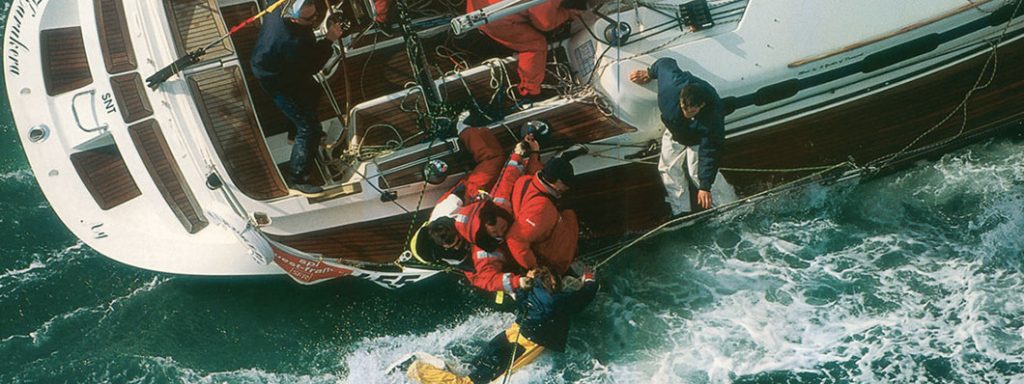



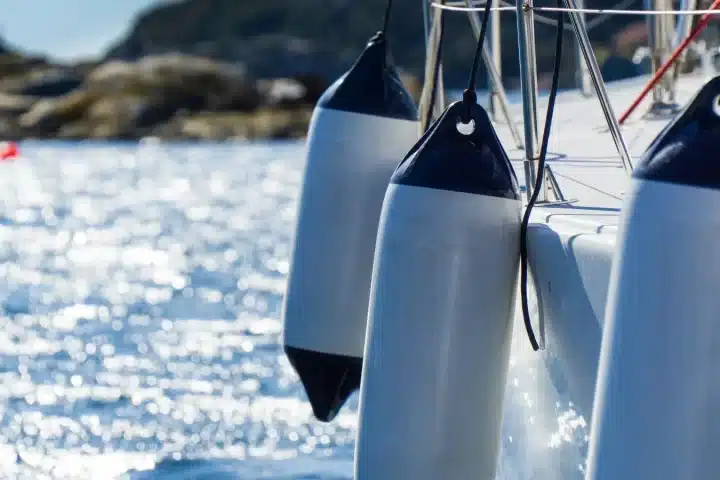

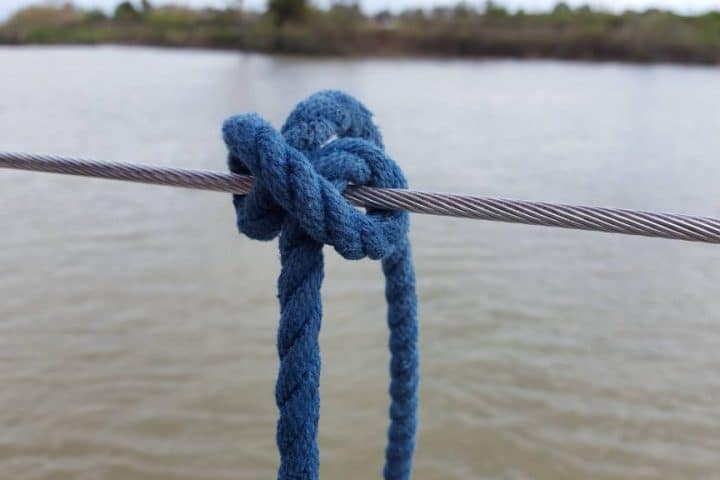
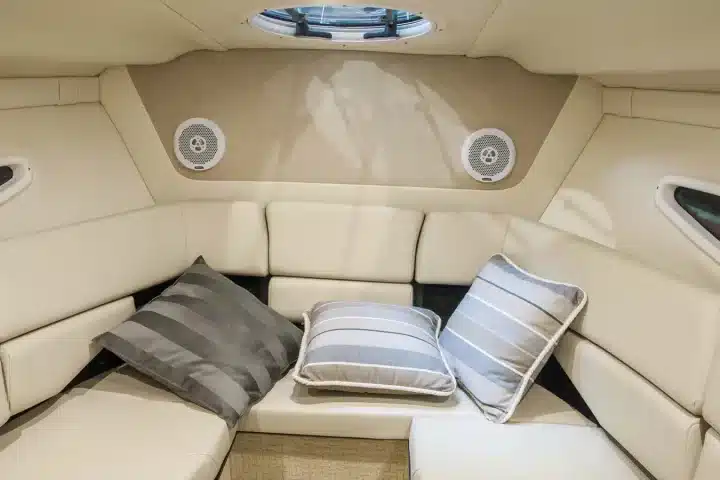
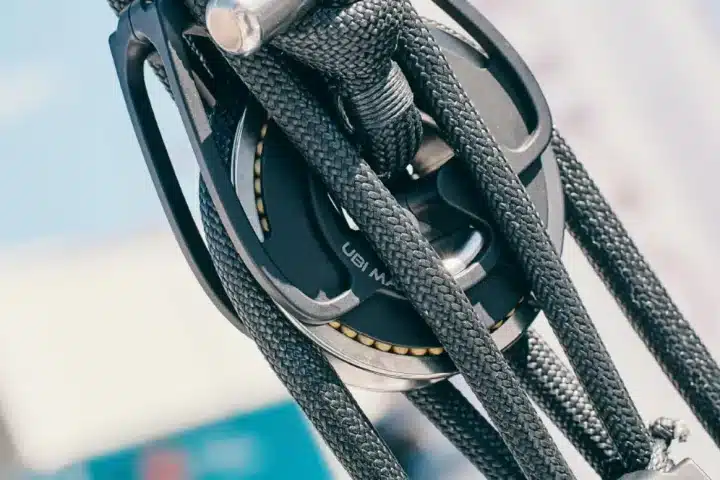
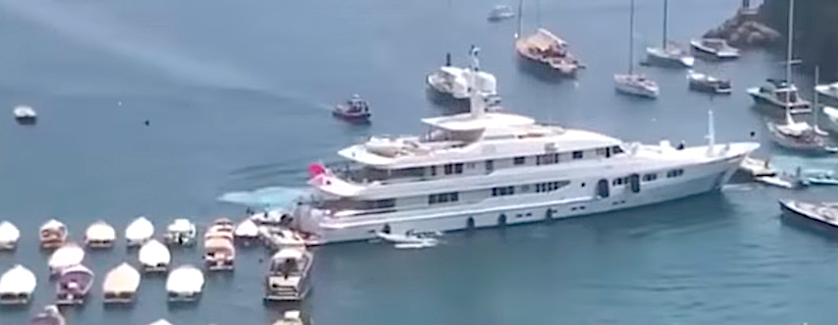
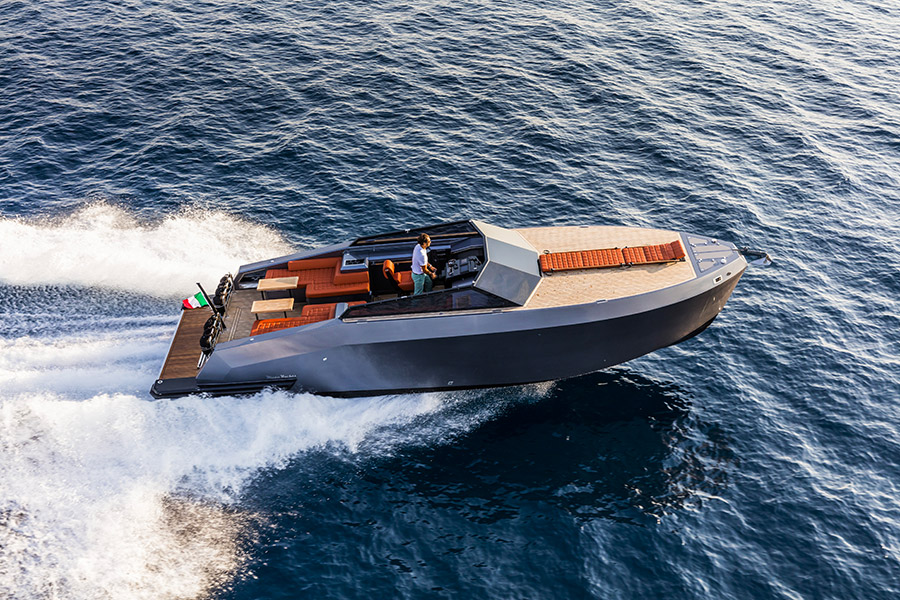
This is a great article, and I agree with the suggested equipment listed here. Something this article didn’t quite address is the difficulty of getting a buoy to a man overboard, which is very difficult, even for experienced boaters. I have recently patented a device (called Rescu Swim’r) which works as a rudder and helps vector the life ring safely to the overboard passenger. It can be easily attached to any Type IV PFD. In trials WITHOUT the device it took an average of 9min 51sec for people to get a PFD to the man overboard, but WITH Rescu Swim’r it took the same group of people on average 1min 14sec. Huge difference! Time saved not only increases the chance of survival of the man overboard but also increases the chance that they’ll still have control of their limbs (before cold-water shock sets in) and be able to actually help themselves re-board the boat.
Traditional rescue methods just don’t save people fast enough, Rescu Swim’r uses simple physics to solve that problem. Check out the website (rescuswimr.com) for more info; we made videos and have trial footage to show how Rescu Swim’r works.
I think that Rescu Swim’r in combination with the other equipment suggested here would make man-overboard situations much safer. Thanks for writing this helpful article!